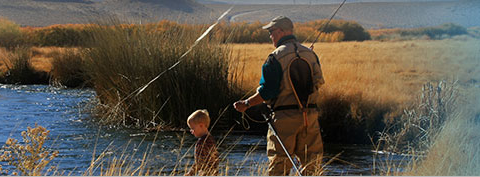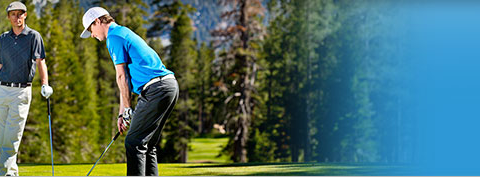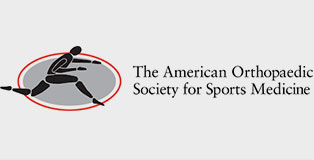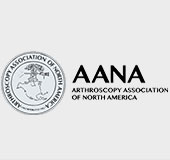Rotator Cuff Tear
The rotator cuff is the group of tendons in the shoulder joint that keep the ball compressed and centered against the socket during a wide range of motion. . Normal wear and tear, slow degeneration or major injury may result in tearing of these tendons.This condition is called as rotator cuff tear. It is one of the most common causes of shoulder pain in middle aged adults and older individuals.
Causes
Rotator cuff tear results from pressure on the rotator cuff from part of the shoulder blade (scapula) as the arm is lifted. It may occur with repeated use of arm for overhead activities, while playing sports or during motor accidents. The tendons normally slowly degenerate with age, making them more susceptible to tearing.
Symptoms
Rotator cuff tears usually cause severe pain, weakness of the arm, and crackling sensation on moving shoulder in certain positions. There may be stiffness, swelling, loss of movements, and tenderness in the front of the shoulder. Often times sleep is very difficult.
Diagnosis
Your surgeon diagnoses Rotator Cuff Tear based on the physical examination, X-rays, and imaging studies, such as MRI. Rotator cuff tears are best viewed on magnetic resonance imaging.
Conservative Treatment Options
- Rest
- Shoulder sling
- Pain medication Injection of a steroid (cortisone) and an Local anesthetic in the subacromial space of the affected shoulder to help decrease the inflammation and pain
- Certain Exercises
Surgery
Rotator cuff repairs are now generally performed arthroscopically. During arthroscopy the space for rotator cuff tendons will be increased and the rotator cuff tear is repaired using suture anchors. These sutures anchors hold the tendons in place against their bony attachments, and allow bone marrow cells to leak from the inside of the bone to the repair site, aiding healing. Following the surgery, you will need to participate in a lengthy physical therapy program to regain your range of motion and retrain and restrengthen your muscles.





















